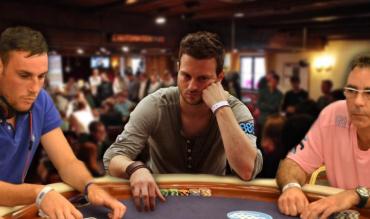Poker Positions Poker Explained: A Beginner's Complete In-Depth Guide
Position is one of the most confusing concepts for beginners learning poker, but it’s also one of the most essential.
You need to understand positions in poker – and how to navigate poker hand rankings –to succeed.
But fear not! Our quick overview will elevate your game to new heights.
Let’s break it down.
Poker Seat Positions
Most casinos have nine chairs at the table, which makes for nine different poker seat positions. However, you may encounter locations where there are only eight poker seat positions.
Six-seat positions are more common for cash games when you play online. It varies.
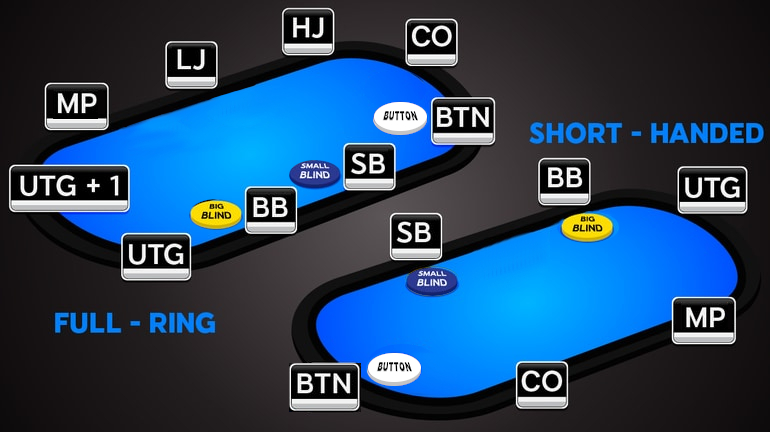
We will start with nine-seat positions to prepare you for all situations.
In the most basic terms, position in poker refers to where you sit relative to the dealer button – literally, where your chair is.
(Note: The dealer button rotates clockwise after each hand, ensuring every player will get a chance to play each seat position.)
Here are the names and poker definitions of the positions:
● BUTTON– this player has a white ‘Dealer’ button in front of them.
● SMALL BLIND – this player is seated to the left of the button.
● BIG BLIND – this player is seated to their left.
● UNDER-THE-GUN – this player is seated to their left. Why the scary name? Because this person is the first to act preflop – it puts maximum pressure on any poker board!
● UNDER-THE-GUN + 1 – this player is seated to their left.
● MIDDLE POSITION – this player is seated to their left.
● LOJACK – this player is seated to their left.
● HIJACK – this player is seated to their left or two places right of the button.
● CUT-OFF – this player is seated to their left or one place right of the button.
Here is the order of poker seat positions ranked from worst to best.
● Small Blind
● Big Blind
● Under-the-gun
● Under-the-gun + 1
● Middle Position
● Lojack
● Hijack
● Cut-off
● Button
Notice a pattern? The worst to best seat positions go in order!
The sooner you must make your decisions, the worse your position is (more on this later).
Poker Positions – Groups
To simplify the poker seat positions, we usually sort them into groups.
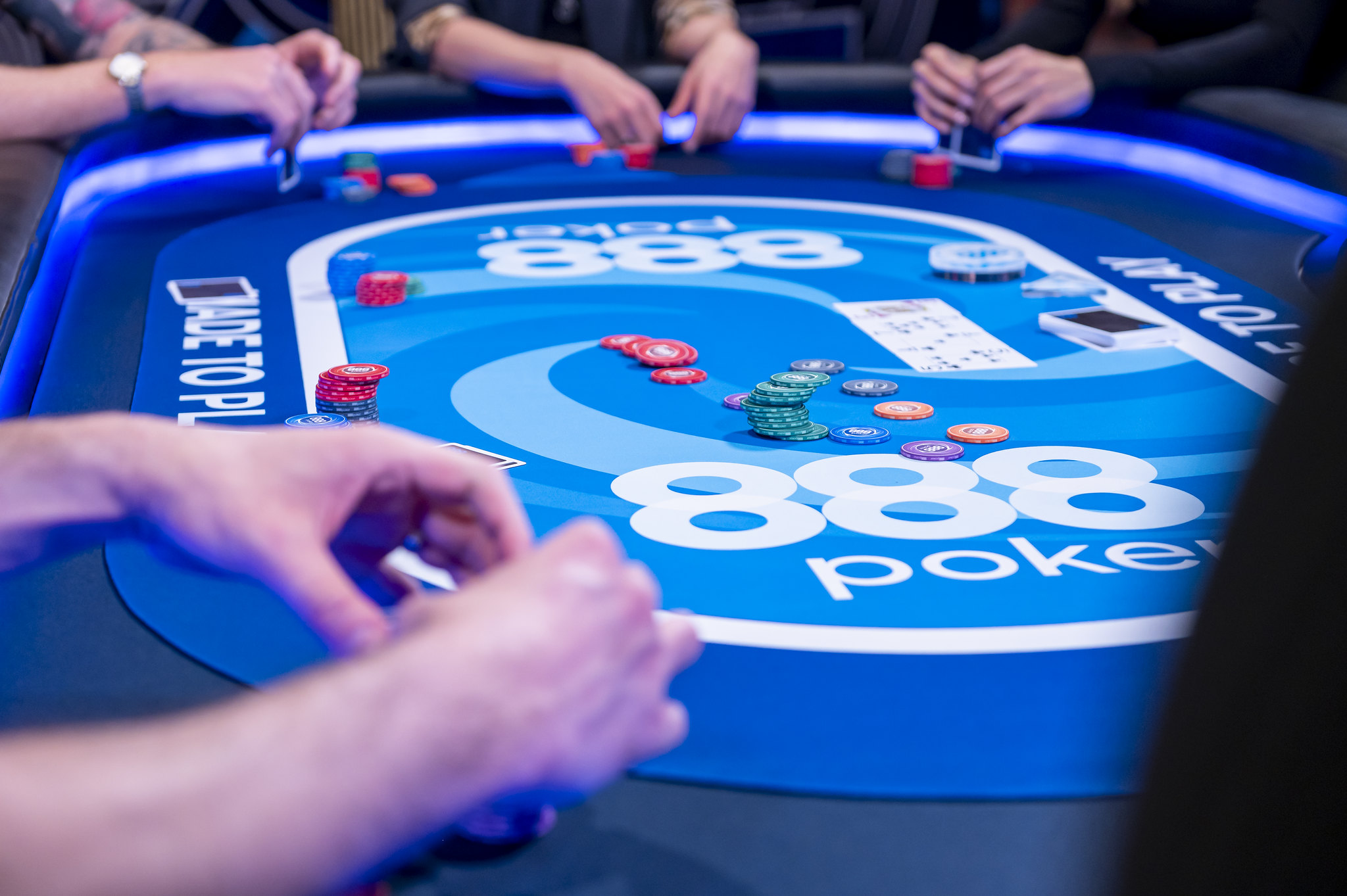
Early Position (EP)
Players in early position are left of the dealer button and are among the first to act after hole cards are dealt.
Early positions include SMALL BLIND, BIG BLIND, UNDER-THE-GUN, UNDER-THE GUN + 1.
Middle Position (MP)
Players in middle position sit between the early and late positions.
Middle positions include MIDDLE POSITION and LOJACK.
Late Position (LP)
Late-position players are seated in the locations right of the button – and the button!
Late positions include HIJACK, CUT-OFF, BUTTON.
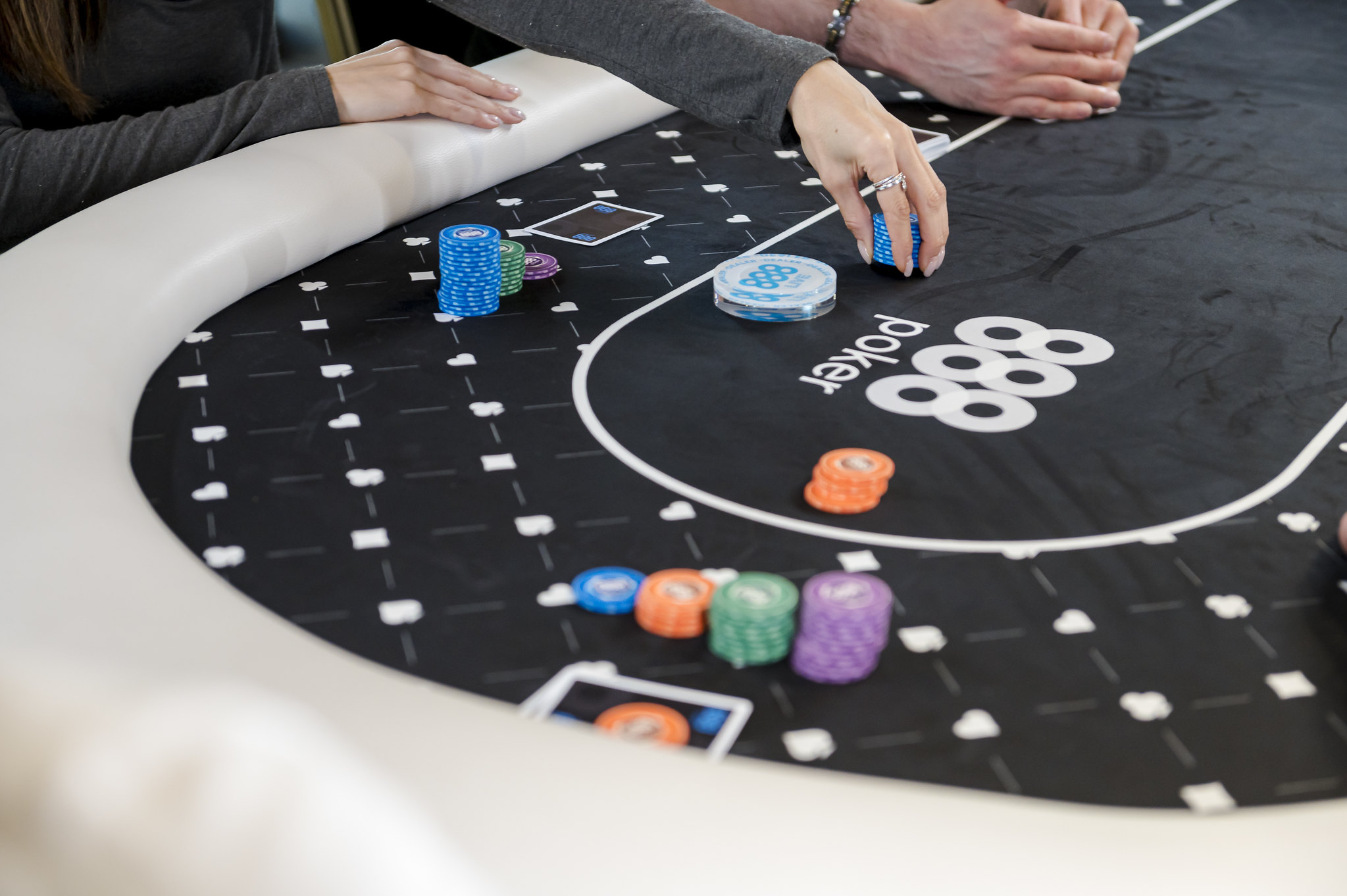
NOTE: If you have more or fewer than nine players seated at your table, Middle Position is where you make changes. You can add a seat (e.g., Middle Position 2) or subtract a seat (ex. no Lojack) from this section.
NOTE: When you play six-max online or live, the seat positions are SMALL BLIND, BIG BLIND, UNDER-THE-GUN, HIJACK, CUT-OFF, BUTTON.
Knowing which position you are in means knowing your poker seat positions.
You can also say “early position,” “middle position,” or “late position”, and experienced poker players will understand this poker lingo.
It is incredibly common to hear poker pros start stories like:
“So, I raised Ace-King in early position…”
“I normally only play small pocket pairs in late position...”
Why Is Poker Position Important?
Your seat at the table may sound trivial – but it’s pivotal.
You have a significant advantage when seated in a late position.
As referenced in my book A Girl’s Guide to Poker, an online poker study tracked which positions won the most pots.
The last person to act won nearly 50% more times than the person in first position!
Why is this?
Poker is a game of information.
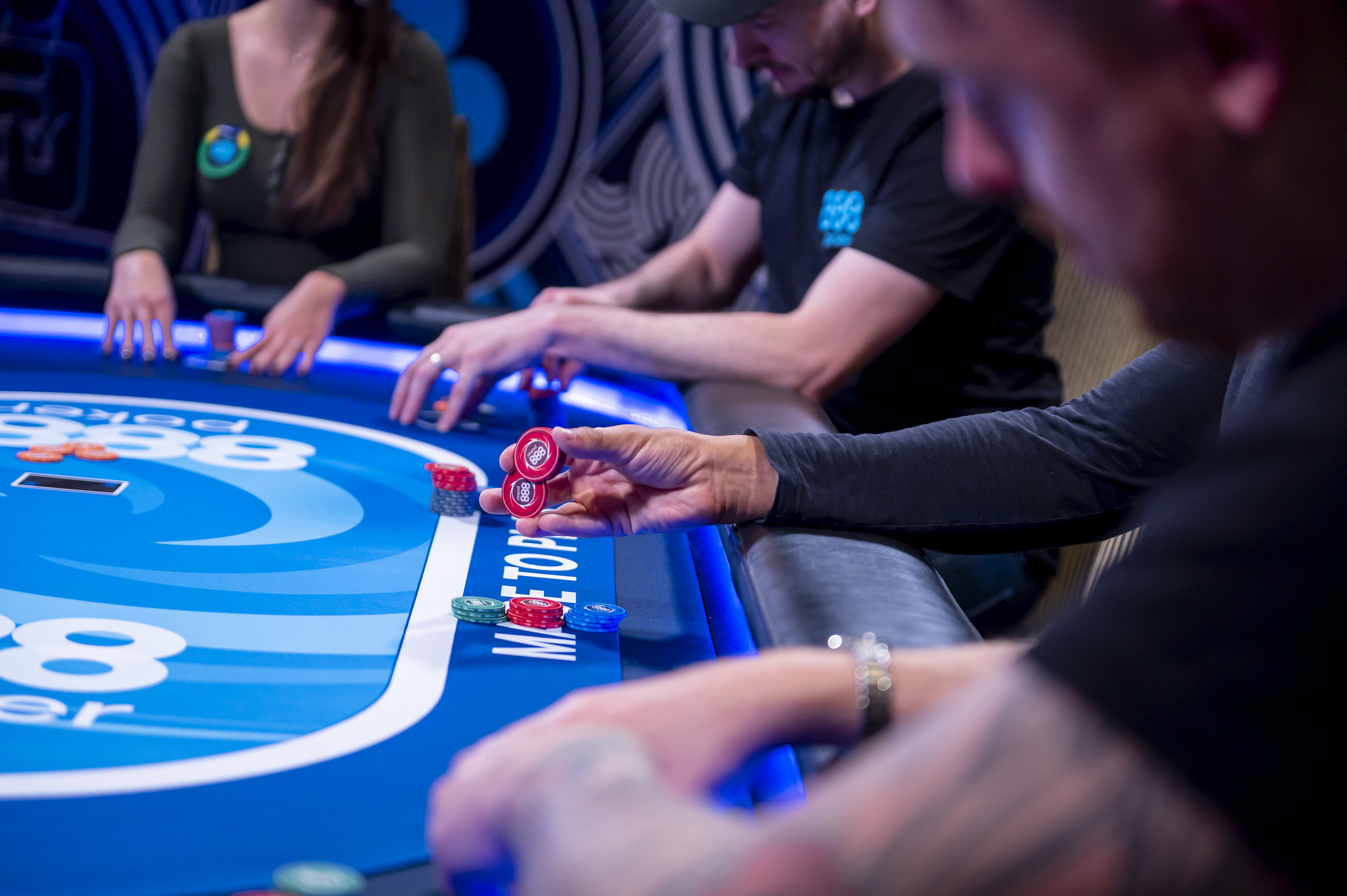 When someone acts before you, they are giving away many details about the strength of their hand. They might bet big, letting you know they have excellent cards. Or they might not bet at all, signalling weakness.
When someone acts before you, they are giving away many details about the strength of their hand. They might bet big, letting you know they have excellent cards. Or they might not bet at all, signalling weakness.
Watching someone act in front of you is a massive advantage because it allows you to make more precise decisions.
As a matter of fact, position is so critical that professional poker players change the cards they play based on their seat.
Your seat position determines your poker combo “raise first in” (RFI) range.
Check out the differences in the frequency of hands you should raise when no one else has already raised.
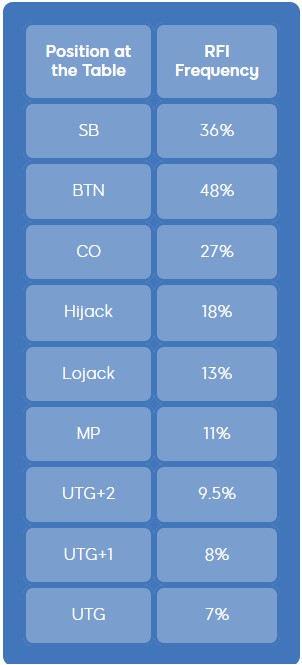
As you can see, you should raise the button 48% of the time if no one else has already raised it, compared with less than 10% in the early positions. (The small blind is an exception because everyone besides the big blind has already folded.)
For more specific examples of which cards to raise in which seat positions, see the charts in this 888Poker article here. This guide will help you play every hand optimally!
Poker Positions Conclusion
Many beginners don’t grasp the concept of position at the start. They don’t believe changing cards they based on their seat at the table was necessary.
But the RFI charts from 888poker from nearly a decade ago can completely change your game.
RFI charts that differentiate which hands to play in every seat position are indispensable for playing winning poker.
Still not convinced?
Annette Obrestad – the youngest person in history to win a World Series of Poker bracelet – once won an online poker tournament without looking at her cards. She bested 179 opponents playing “blind.” She put tape on her computer screen so she couldn’t see her hands.
When asked why (and how) she did it, she said the following:
“[To] show just how important it is to play position and to pay attention to the players at the table.”
Watching other players act first gave her all the information she needed for victory.
